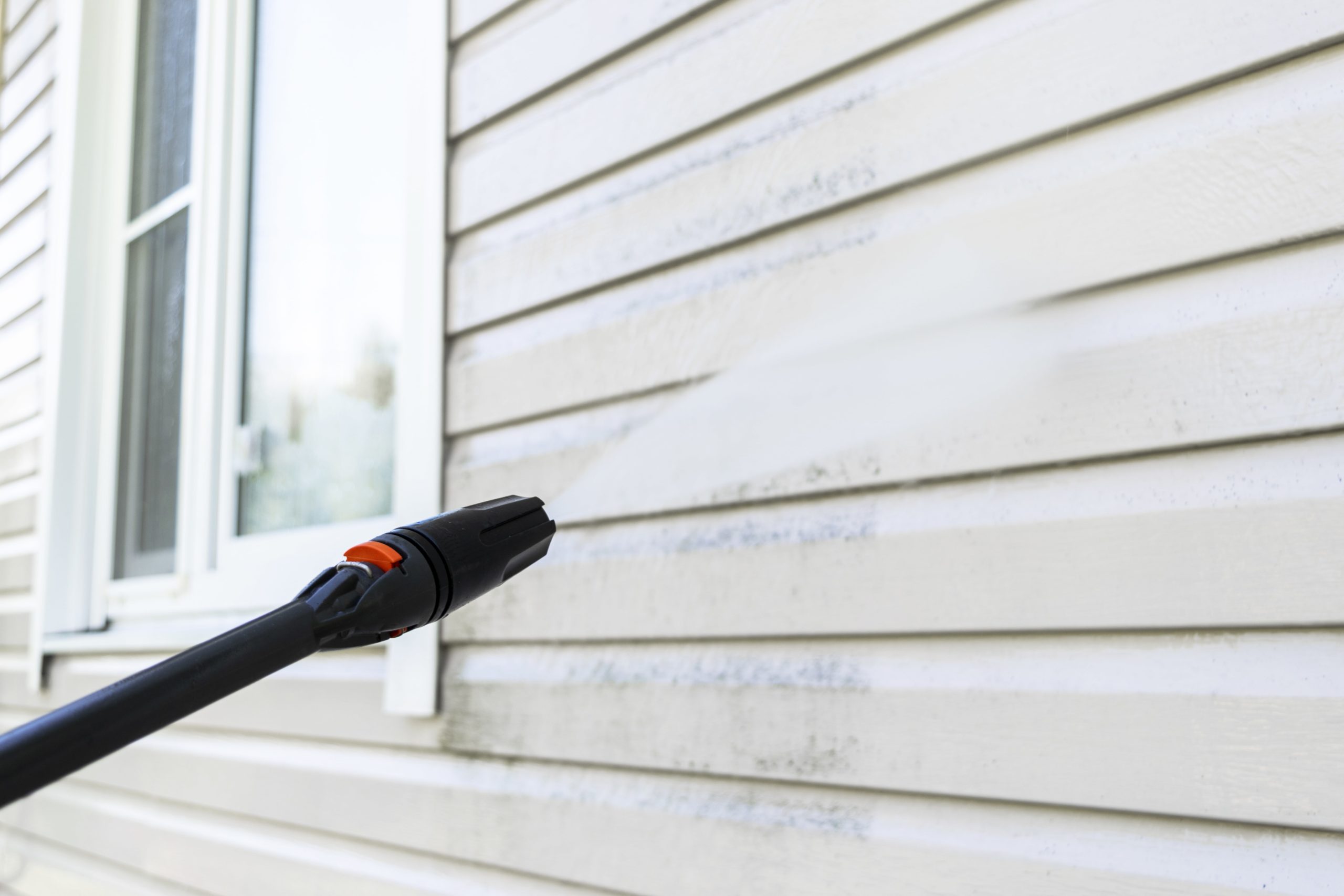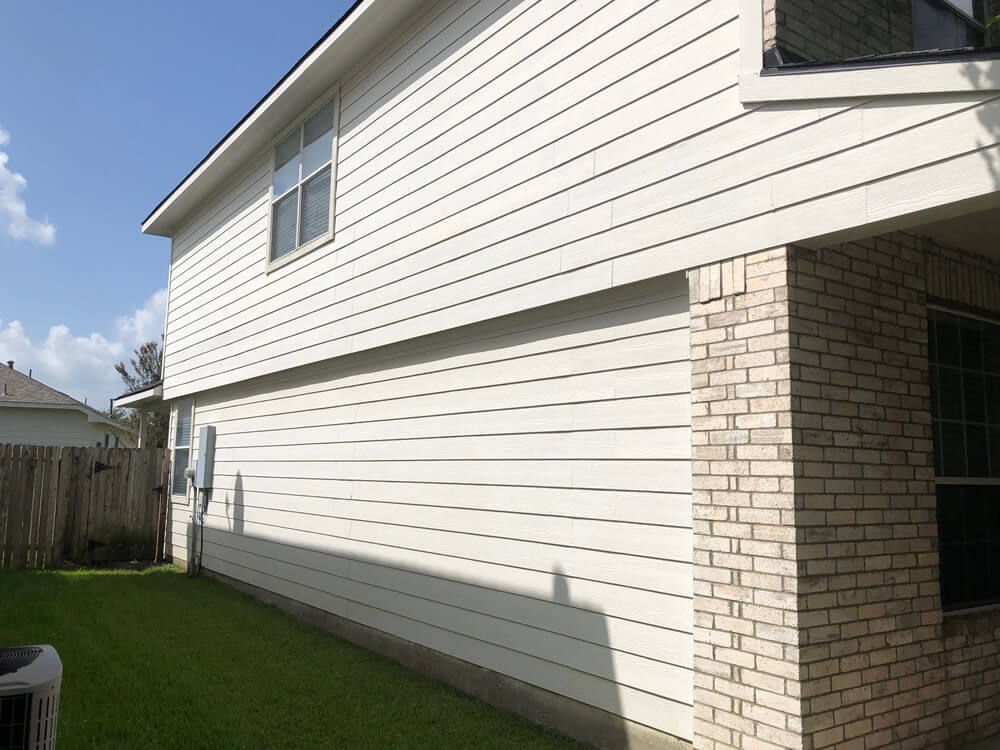Property owners benefit from budget-friendly House Washing.
Property owners benefit from budget-friendly House Washing.
Blog Article
Comprehending the Secret Differences Between Pressure Washing and House Washing
The distinction in between pressure washing and residence washing is vital for house owners looking to preserve their home's exterior. While pressure washing employs high-pressure water jets to eradicate persistent gunk from robust surface areas, home washing utilizes a gentler strategy that integrates environmentally friendly cleaning representatives to safeguard more fragile materials.
Interpretation of Pressure Washing
Pressure washing, commonly referred to as power washing, involves the usage of high-pressure water spray to eliminate dust, gunk, mold and mildew, mildew, and various other impurities from different surfaces. This strategy is specifically reliable on tough surface areas such as concrete, brick, and stone, making it an optimal choice for cleaning up driveways, patios, and walkways. The process generally utilizes customized equipment that produces water pressure varying from 1,500 to 3,000 psi or more, ensuring efficient cleaning even in tough conditions.
Pressure washing is not limited to exterior surface areas; it can likewise be used for various applications, including cars, exterior furniture, and devices. Nonetheless, it is vital to keep in mind that the strength of the water pressure can potentially harm fragile surfaces, such as wood or repainted coatings, otherwise managed correctly. Choosing the ideal pressure setup and nozzle kind is crucial for ideal results.
In enhancement to surface area cleansing, pressure washing can additionally play a considerable duty in maintaining the longevity of frameworks by avoiding the buildup of harmful contaminants that can result in wear and tear. Generally, pressure washing offers as a powerful device for enhancing tidiness and protecting the stability of different surfaces.
Interpretation of House Washing
House washing refers to the thorough cleaning of a home's outside surface areas, using a combination of low-pressure water and specialized cleaning options. This technique is created to eliminate dirt, mold and mildew, mold, algae, and various other pollutants that build up gradually, maintaining the visual charm and structural integrity of the residential property.
Unlike pressure washing, which utilizes high-pressure streams of water, house washing stresses making use of lower pressure to stop damages to fragile surface areas such as house siding, roof, and painted coatings. The cleaning solutions used are typically biodegradable and formulated to efficiently tackle specific issues, ensuring a detailed clean without compromising the atmosphere or the integrity of the products being treated.
Residence washing is particularly valuable for preserving the look of plastic, wood, stucco, and block exteriors. Normal house washing not just improves curb charm but likewise adds to the durability of a home's exterior surface areas by reducing the results of hazardous microbes and toxic wastes. House owners are encouraged to arrange residence washing periodically to ensure their home remains in ideal problem, hence safeguarding their investment.
Key Strategies Used
In the realm of exterior cleansing, numerous techniques are used to achieve ideal outcomes throughout residence washing. The primary approach involves soft washing, which uses low-pressure water integrated with specialized cleansing remedies. This approach properly removes dirt, algae, and mildew without harmful fragile surface areas view it such as timber or painted house siding.
An additional key strategy is using a surface cleaner attachment, which is especially efficient for flat surface areas like patios and driveways. This tool provides uniform cleaning by utilizing turning jets that cover a bigger location, making certain regular outcomes.
Chemical application is likewise important in residence washing. Cleansers such as salt hypochlorite or naturally degradable cleaning agents are commonly used to break down challenging spots and natural growth. House Washing. Proper dilution and application approaches are vital to lessen any type of prospective damage to plants or landscaping
Appropriate Surfaces for Each
Pressure washing, which makes use of high-pressure water jets, is best fit for hard, sturdy surfaces that can hold up against intense force. These surface areas often gather tough spots, such as oil, oil, and mold, which require the powerful cleansing activity provided by pressure washing.
On the other hand, home washing typically utilizes a softer method, using low-pressure water integrated with specialized detergents. House washing effectively eliminates dirt, pollen, and mold without risking damage to the outside finish.
Advantages and Downsides

On the various other hand, home washing utilizes a gentler technique, often utilizing a mix of low-pressure water and cleansing solutions. This method is much safer for painted surfaces, home siding, and roofs, helping to maintain their integrity. The primary disadvantage of home washing is that it might not get rid of deeply ingrained dust or stubborn stains as successfully as pressure washing, which can call for even more time and numerous applications.

Final Thought
In summary, pressure washing and residence washing offer distinct purposes in outside cleaning. Pressure washing employs high-pressure water streams, making it ideal for long lasting surfaces and reliable versus tough discolorations. Alternatively, home washing utilizes a low-pressure technique with naturally degradable solutions, making sure the safety of fragile materials. Understanding these distinctions facilitates educated decisions pertaining to the proper cleansing technique based upon surface kind and condition, inevitably promoting reliable maintenance and durability of external surfaces.
Report this page